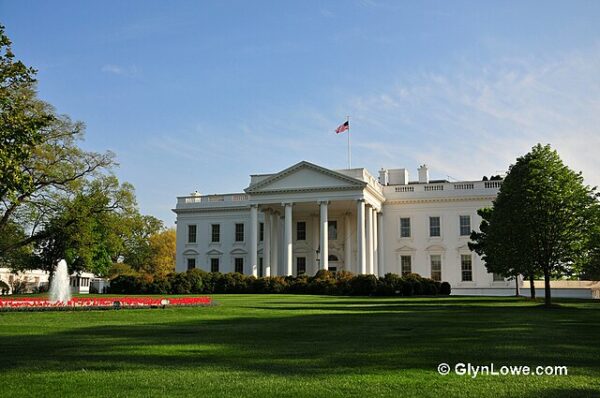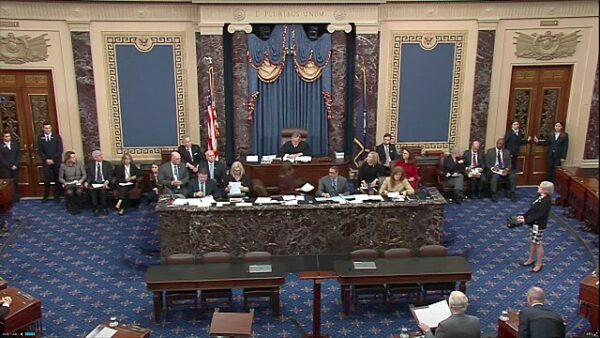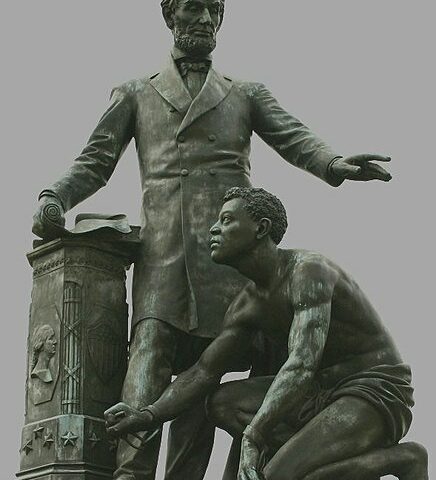On November 1, 1800, President John Adams became the first leader of the young United States to reside in what would later be known as the White House, marking a pivotal moment in American history. Although still unfinished, the stately Executive Mansion represented the aspirations and permanence of a growing nation. With Adams’s move, the fledgling democracy took a step toward establishing a lasting seat of government, a place where power and national identity would be woven into the fabric of American governance.
Originally envisioned by President George Washington and brought to life by French engineer Pierre Charles L’Enfant and architect James Hoban, the White House was a keystone in the broader layout of Washington, D.C. Washington selected the site and oversaw initial plans, though he would never live to see the residence completed. In 1792, Hoban’s Neoclassical design won a national competition, and construction commenced. Despite severe challenges, including limited resources, harsh labor conditions, and debates over the finer points of its design, construction pushed forward. By the time Adams moved in, the main structure was sufficiently finished to serve as a home for the President and First Lady Abigail Adams.
President Adams’s arrival in the White House came amid a politically charged moment in U.S. history. The nation was embroiled in diplomatic tensions with France and Great Britain, and Adams’s administration was internally strained by the controversial Alien and Sedition Acts. While he would occupy the mansion for only a few months—Thomas Jefferson would assume the presidency in early 1801—Adams’s residency laid the foundation for the White House as a center of power and public life.
Adams, a man defined by his resolute patriotism, entered the White House with a sense of both duty and aspiration. Upon arrival, he wrote a hopeful prayer for the building, expressing his wish that “none but honest and wise men ever rule under this roof.” This sentiment, penned in a letter to Abigail, later gained a place of honor in the State Dining Room, serving as a solemn reminder of the integrity and virtue expected of the nation’s leaders.
Yet, for the Adams family, life in the White House was not without its hardships. Many rooms were still incomplete, and as winter descended, they faced cold drafts, limited heating, and no running water. In one memorable scene of early White House life, Abigail Adams is said to have hung her laundry to dry in the cavernous East Room, underscoring the less-than-ideal living conditions in the still-unfinished residence. Nonetheless, the Adamses adapted, hosting official events and carrying out presidential duties within its walls.
Despite these early inconveniences, the White House quickly grew into a symbol of the government’s permanence and the stability of the fledgling nation. As the first federal building in Washington, D.C., to house a branch of government, it embodied a new era for the United States, a testament to American independence and resilience. Adams’s brief but historic residency underscored the mansion’s dual role as both home and headquarters, a place where policy, diplomacy, and daily affairs of state converged.
Following Adams, each successive president would leave his own mark on the building and its role. Thomas Jefferson, who succeeded Adams, embarked on extensive renovations and additions to make the mansion more functional. The residence saw turbulent times under President James Madison, who famously fled during the War of 1812 when British forces set the building ablaze. When it was rebuilt, white paint was applied to cover fire damage, and by 1817, it had come to be known by its enduring title: the White House.
The legacy of John Adams’s brief tenure in the Executive Mansion endures to this day. His prayer for wisdom and honesty has echoed through the centuries, and the White House itself has evolved into one of the most powerful and iconic symbols of American democracy. From Adams to today’s leaders, it stands as a testament to the American spirit, resilient and reflective of a nation’s past, present, and enduring aspirations.






